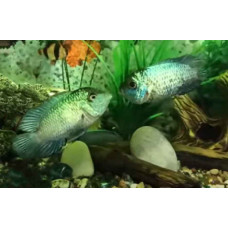These are different types of relationships between living things. They can be either intraspecific or interspecific.
Biotic factors (from Greek βιοτικός 'vital') are ways in which organisms affect each other, both within a species and between different species.
Beklemishev V.N. divided biotic factors into 4 groups (types of interaction):
topical - environmental changes (soil loosening)
trophic - food relations (producers, consumers, decomposers)
phytophagous - by dwelling (parasitic worms use the organism as a habitat)
phoric - by carrying (the hermit crab carries the actinia).
Biotic factors act as reciprocal influences of some organisms on the activities of other organisms, and all together on the habitat. A distinction is made between direct and indirect interactions between organisms.
Intraspecific interactions between individuals of the same species consist of group effects, mass effects and intraspecific competition.
Interspecies interactions are much more diverse:
Neutrality (both species have no effect on each other);
Competition (both species have negative effects on each other);
mutualism (both species cannot exist without each other);
parasitism (a parasitic species inhibits the growth and development of its host);
Predation (a predatory species feeds on its prey);
Amensalism (one organism suppresses the development of the other);
commensalism (a commensal benefits from another species that is not indifferent to the association).
Biotic factors include zoogenic, phytogenic, microbiogenic and anthropogenic factors.
Biotic factors
Tags: Biotic factors

